solutions for old home with aluminum wiring
tikka_masala
13 years ago
Related Stories
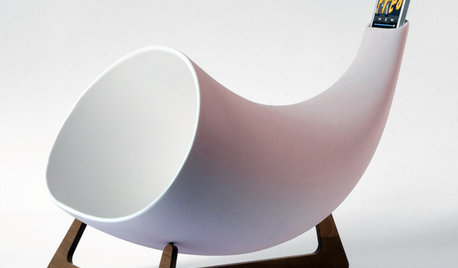
HOME TECH6 Sound Solutions for the iPhone Home
Listen up: An iPhone and one of these stylish audio systems let your music look as good as it sounds
Full Story
HOUZZ TVHouzz TV: See a Funky Beach Home Made From Old Streetcars
A bold color palette zaps life into a Santa Cruz, California, home built out of two streetcars from the early 1920s
Full Story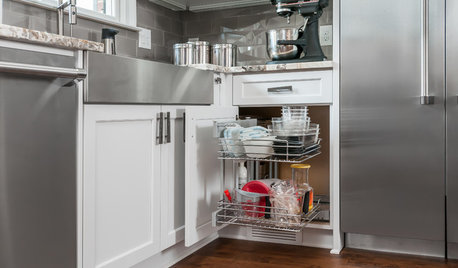
STORAGEHow a Pro Organizer Improved Her Own Home’s Storage
New kitchen drawers, an upgraded laundry workspace and extra garage storage create a more functional, organized space
Full Story
GREAT HOME PROJECTSHow to Bring Out Your Home’s Character With Trim
New project for a new year: Add moldings and baseboards to enhance architectural style and create visual interest
Full Story
HOUZZ TVRetired Houston Couple Replaces Starter Home With Forever Home
See how the Elders built their dream home while preserving the memory of the home they lived in for nearly 4 decades
Full Story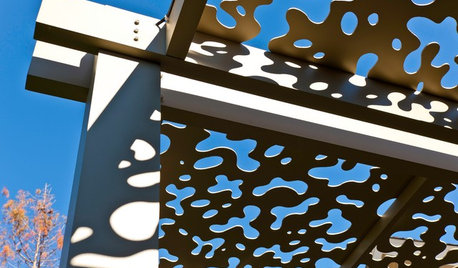
PATIOSPatio Details: A Custom Aluminum Arbor Cools Things Down in Texas
Panels in the roof have leaf pattern cutouts that create dappled shade and a calm, relaxed ambience
Full Story
ECLECTIC HOMESHouzz Tour: Remodel Celebrates Northwest Home’s Vintage Style
A creative couple brings back the original charm of a 1920s home and makes it a guesthouse and studio
Full Story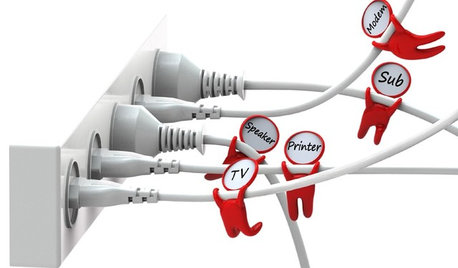
MORE ROOMSOn Trend: Smart Solutions for Cords
Show those cables and wires who's boss with these clever solutions for the home office
Full Story
SMALL HOMESHouzz Tour: Old Garage in Paris Becomes a Family Loft
A single source of natural light goes far in this 700-square-foot home for a couple and their 2 kids
Full Story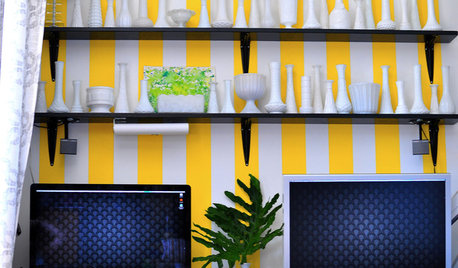
ACCESSORIESHow to Hide Those Messy Wires
Untangle Yourself From Ugly Electrical Cords With a Few Tricks and Accessories
Full Story







Billl
texasredhead
Related Professionals
Champaign General Contractors · Fridley General Contractors · Greenville General Contractors · Marysville General Contractors · Milton General Contractors · Oxon Hill General Contractors · Pepper Pike General Contractors · West Lafayette General Contractors · Madison Solar Energy Systems · Peabody Solar Energy Systems · Atlanta Home Automation & Home Media · Chattanooga Home Automation & Home Media · Gages Lake Home Automation & Home Media · Safety Harbor Home Automation & Home Media · East Setauket Home Automation & Home Mediahrajotte
brickeyee
texasredhead
netlos
brickeyee